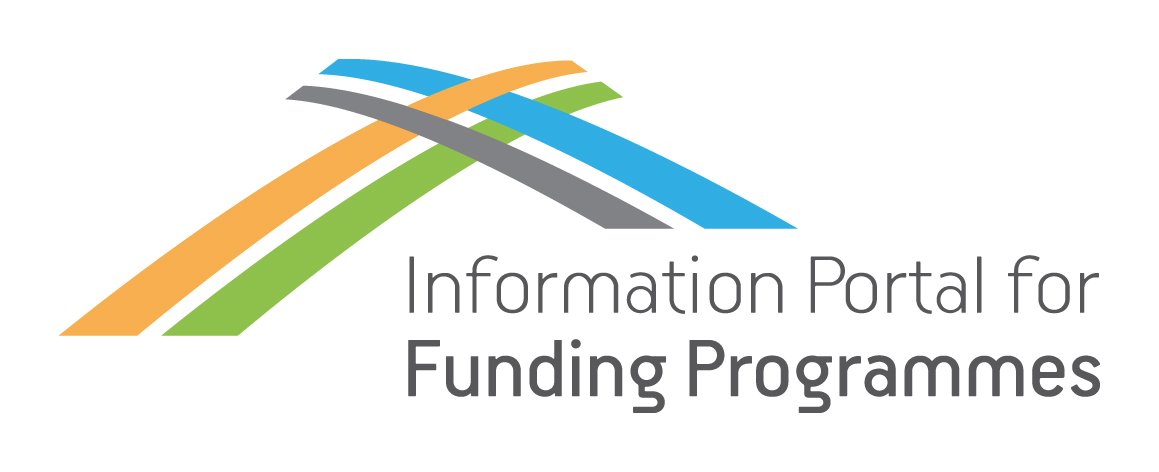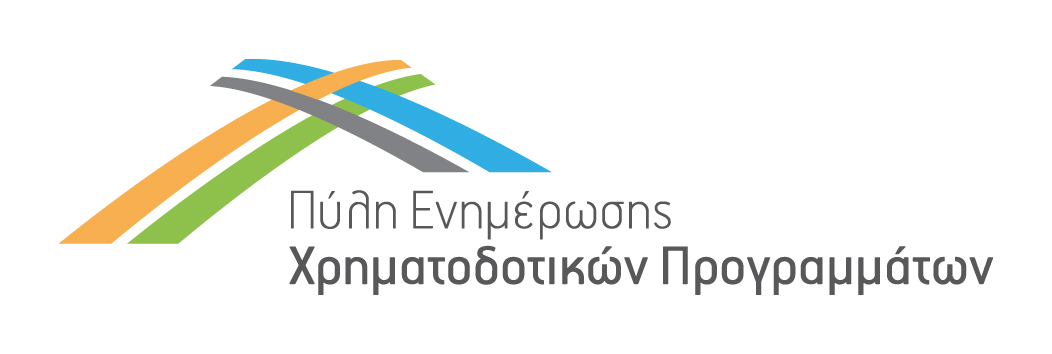Programme Category
Programme Name
Programme Description
Horizon Europe is the European Union (EU) funding programme for the period 2021 – 2027, which targets the sectors of research and innovation. The programme’s budget is around € 95.5 billion, of which € 5.4 billion is from NextGenerationEU to stimulate recovery and strengthen the EU’s resilience in the future, and € 4.5 billion is additional aid.
Identifier Code
Call
Summary
Fossil fuels supply a majority of the world’s energy and also provide the raw materials, or feedstocks, for many essential everyday products.
While energy provision is becoming increasingly decarbonized, the production of fuels, chemicals and materials requires carbon atoms as feedstocks.
However, their production can be “de-fossilized”, by utilising renewable energy and alternative carbon sources. Likewise, a circular economy approach offers scope to reduce external dependencies and source other essential molecular feedstocks including critical raw materials from wastes.
Detailed Call Description
The Challenge seeks ambitious proposals that address one (and only one) of the following focus areas:
Area 1: Fully integrated waste-to-value devices
This includes 1) devices for converting waste streams into (feedstock for) fuels, chemicals and materials and 2) devices for remediation; where processes are solely driven by renewable energy sources (preferably directly by sunlight) and focus on the selective production of added value products, beyond hydrogen as the sole end product:
- Fully integrated solar reforming or synthetic biology devices, enabling the treatment of synthetic polymer materials, while delivering fast and efficient decomposition under sustainable reaction conditions (including the use of process chemicals).
- Integrated capture and conversion technologies, capturing and converting feedstock from flue gases, or wastewater in a single step/ single device into fuels, chemicals and materials, providing increased energy- and materials efficiency as compared to not fully integrated process chains.
- Membrane-based and electrochemical brine mining technologies recovering raw materials, CO2 and water from seawater desalinisation brines.
- Ex-situ remediation devices based on microbial/enzymatic and/or photocatalytic degradation, both purifying wastewater and seawater of noxious substances, metals, or nano-/microplastics, and producing added value remediation products. This should take place in a reactor, not in the open field.
Proposals addressing only parts of the full waste-to-value process (e.g., half reactions) will not be considered. Integrated hybrid approaches, at the interface of various disciplines, and autonomously operating devices continuously optimized with AI, are particularly welcome. The resulting devices must reach TRL 4 within the 3–4-year project lifetime.
The associated processes must not down-cycle the waste substrate but create products of higher economic and environmental value as compared to the initial waste stream. They must be energy and material-efficient and fully sustainable, minimising the associated energy, water, chemicals and land footprint. Operating conditions (e.g., related to temperature, pressure and the use of additional chemicals) should be optimised and the circular use of process consumables, such as water, catalyst materials or chemical additives maximised. They must deploy environmentally safe, stable materials, with non-toxic degradation products and the developed devices must be recyclable-by-design.
Proposals must take a holistic view of the complete waste valorisation chain by optimising the different elements (pre-treatment, conversion, product separation and storage) with respect to one another. The systems must also be robust and easy-to-handle to allow operations that are independent from large-scale infrastructures, with extended lifetimes and a capability to treat real-life waste streams which have undergone minimal sorting and pre-treatment.
Proposals have to clearly indicate how the proposed solution benchmarks against industrially deployed recycling methods such as mechanical recycling, composting, biogas fermentation or waste-to-energy technologies, and emerging recycling methods such as chemical recycling or thermochemical approaches.
Area 2: Understanding underlying mechanisms by means of computational material science and AI
Projects in this focus area must deliver advances and scientific breakthroughs in the fundamental understanding of the underlying physical, chemical, and biological processes that will enable fully sustainable and scalable waste-to-value devices. Projects should address all the following specific objectives:
– Explore fundamental phenomena crucial to multiple waste-to-value device types, such as the development of efficient, stable and inexpensive catalysts, interface engineering and the effect of the surrounding medium.
– Develop more accurate and less resource-intensive quantum mechanical and AI methods to guide, predict and interpret reliably experimental works.
– Bridge the scales from describing properties at the atomic, mesoscopic level up to the macroscopic device level within a multiscale approach and describe phenomena over different timescales.
– Adopt a holistic approach to exploring phenomena applicable to multiple waste-to-value device types (aligned with Area 1). Devices stemming from Area 1 should serve to validate the developed theoretical models.
Area 3: Cells from scratch by means of bottom-up synthetic biology
Projects in this area must look to deliver scientific breakthroughs in bottom-up synthetic biology to enable the use of tailored microbial cell factories for the degradation and valorisation of waste and the production of fossil-free fuels, chemicals, and materials. Projects should address all the following specific objectives:
– Develop synthetic, fully artificial cells for future large-scale biotechnology applications, tailored to deliver desired functionalities such as carbon fixation or synthetic polymer decomposition.
– Engineer cell-like systems to produce compounds from abundantly available building blocks, such as water and carbon oxides.
– Engineer cell-like systems to decompose diverse types of waste, in particular synthetic plastic waste, into compounds that are valorisable as feedstock for a downstream production of fuels, chemicals and materials. At this stage, systems will not have to be completely autonomous and self-replicating, but the integration of different modules should be implemented.
Call Total Budget
Financing percentage by EU or other bodies / Level of Subsidy or Loan
100%
Considers proposals with an EU contribution of up to €4.000.000, as appropriate.
Thematic Categories
- Energy
- Environment and Climate Change
- Research, Technological Development and Innovation
Eligibility for Participation
- Businesses
- Educational Institutions
- Legal Entities
- NGOs
- Other Beneficiaries
- Researchers/Research Centers/Institutions
Eligibility For Participation Notes
In order to apply, your proposal must meet the general eligibility requirements (see Annex 2) as well as specific eligibility requirements for the Challenge (if applicable). Please check for particular elements (e.g., specific application focus or technology) in the respective Challenge chapter below.
The EIC Pathfinder Challenges support collaborative or individual research and innovation from consortia or from single legal entities established in a Member State or an Associated Country (unless stated otherwise in the specific Challenge chapter). In case of a consortium your proposal must be submitted by the coordinator on behalf of the consortium.
Consortia of two entities must be comprised of independent legal entities from two different Member States or Associated Countries. Consortia of three or more entities must include as beneficiaries at least three legal entities, independent from each other and each established in a different country as follows:
- at least one legal entity established in a Member State; and
- at least two other independent legal entities, each established in different Member States or Associated Countries.
The legal entities may for example be universities, research organisations, SMEs, startups, natural persons. In the case of single beneficiary projects, mid-caps and larger companies will not be permitted.
The standard admissibility and eligibility conditions and the eligibility of applicants from third countries are detailed in Annex 2.
Call Opening Date
Call Closing Date
National Contact Point(s)
Research and Innovation Foundation
Address: 29a Andrea Michalakopoulou, 1075 Nicosia, P.B. 23422, 1683 Nicosia
Telephone: +357 22205000
Fax: +357 22205001
Email: support@research.org.cy
Website: https://www.research.org.cy/en/
Contact Person:
Dr. Leda Skoufari – Themistou
Senior Scientific Officer
Email: leda@research.org.cy




